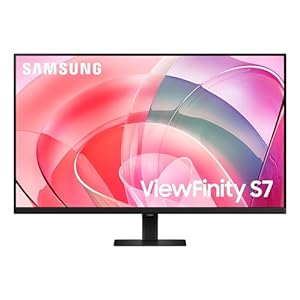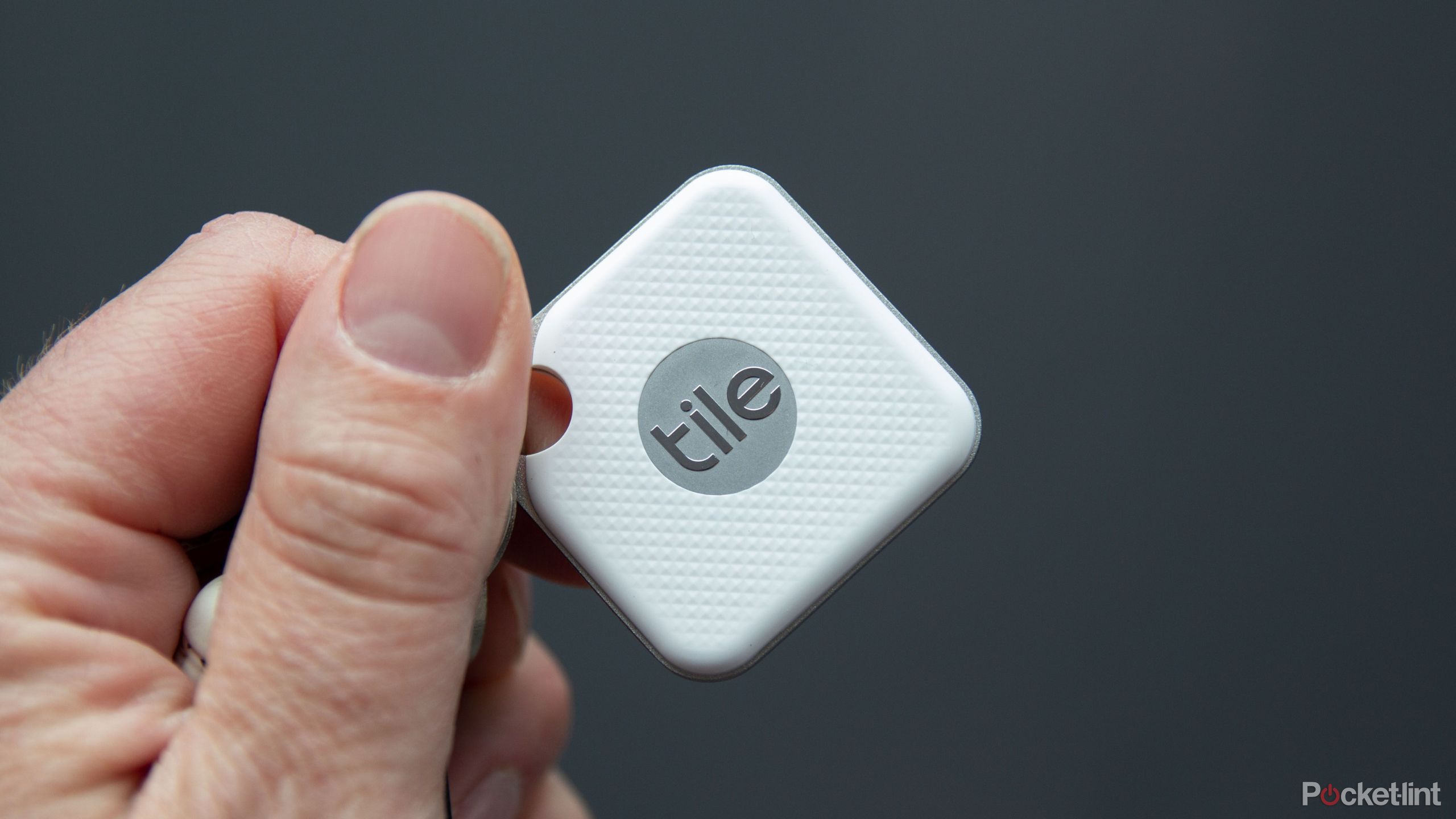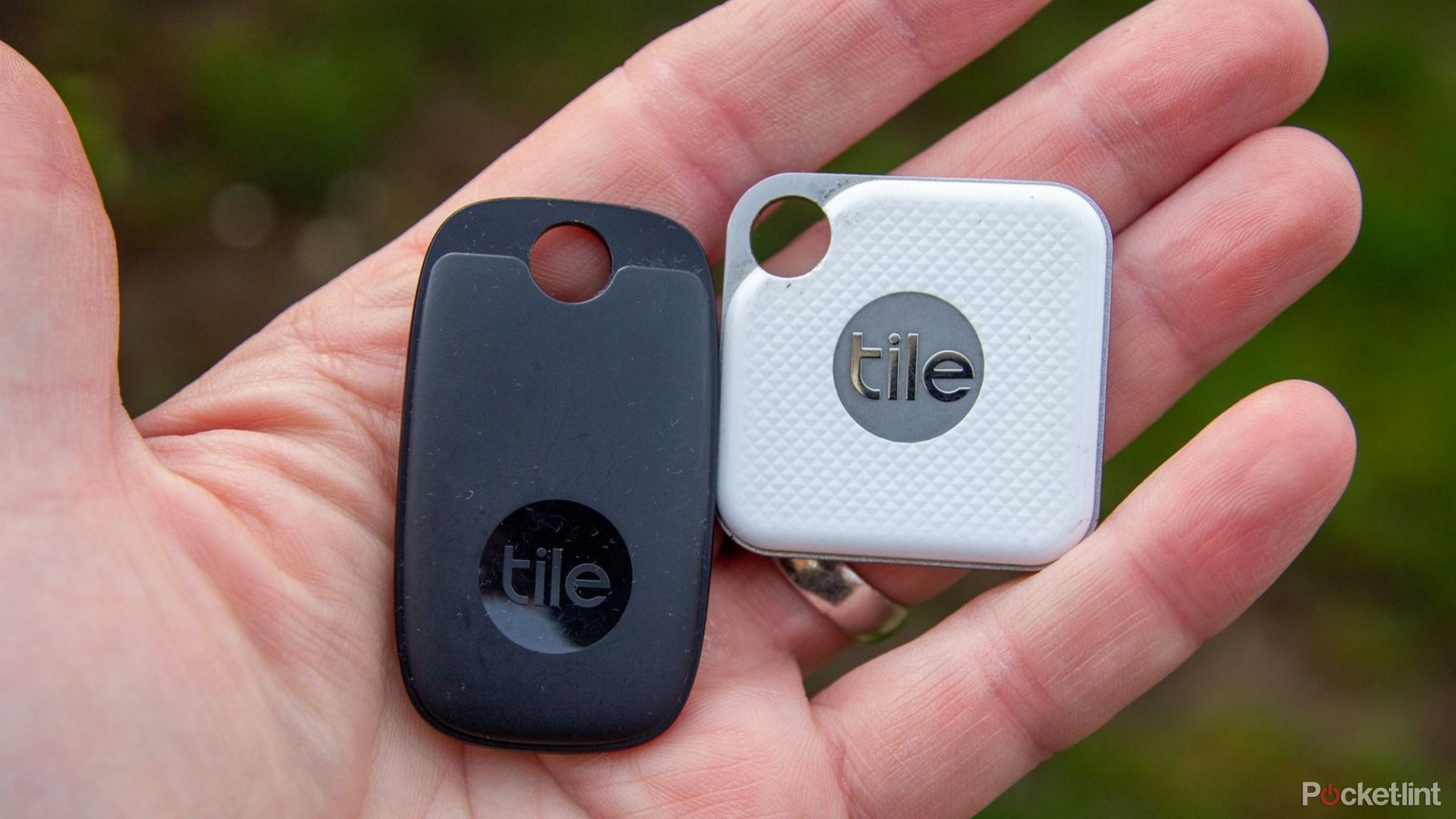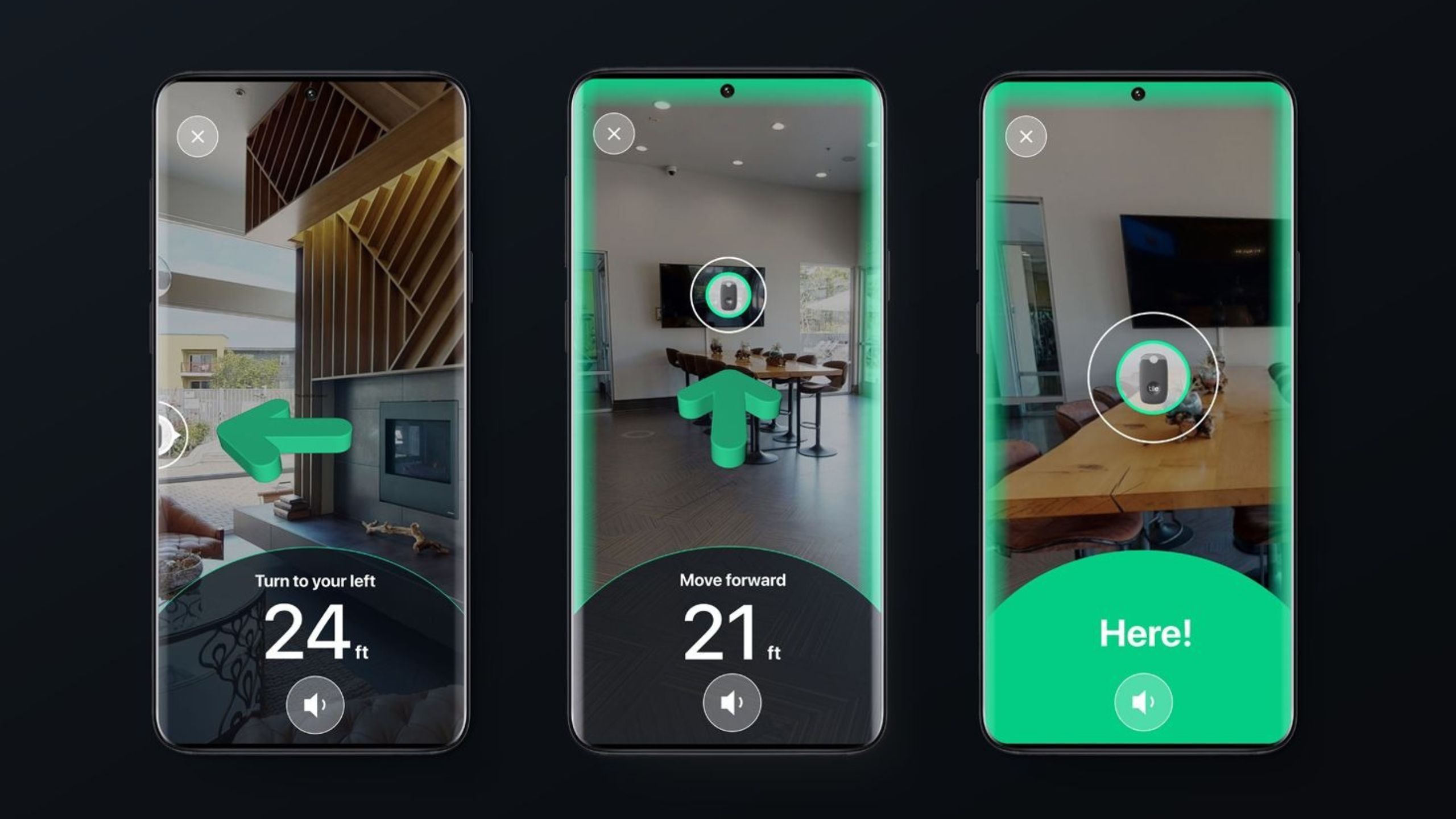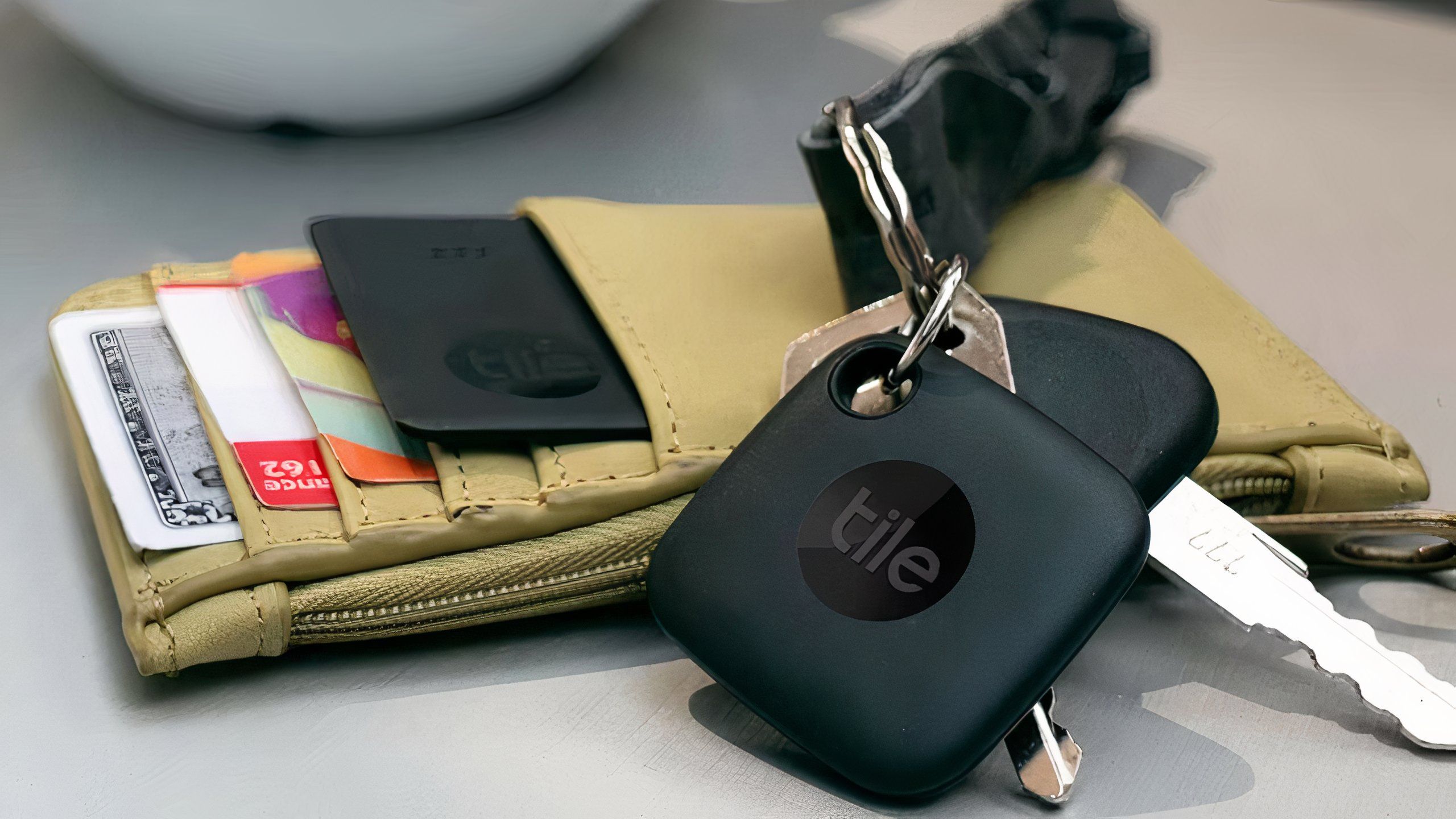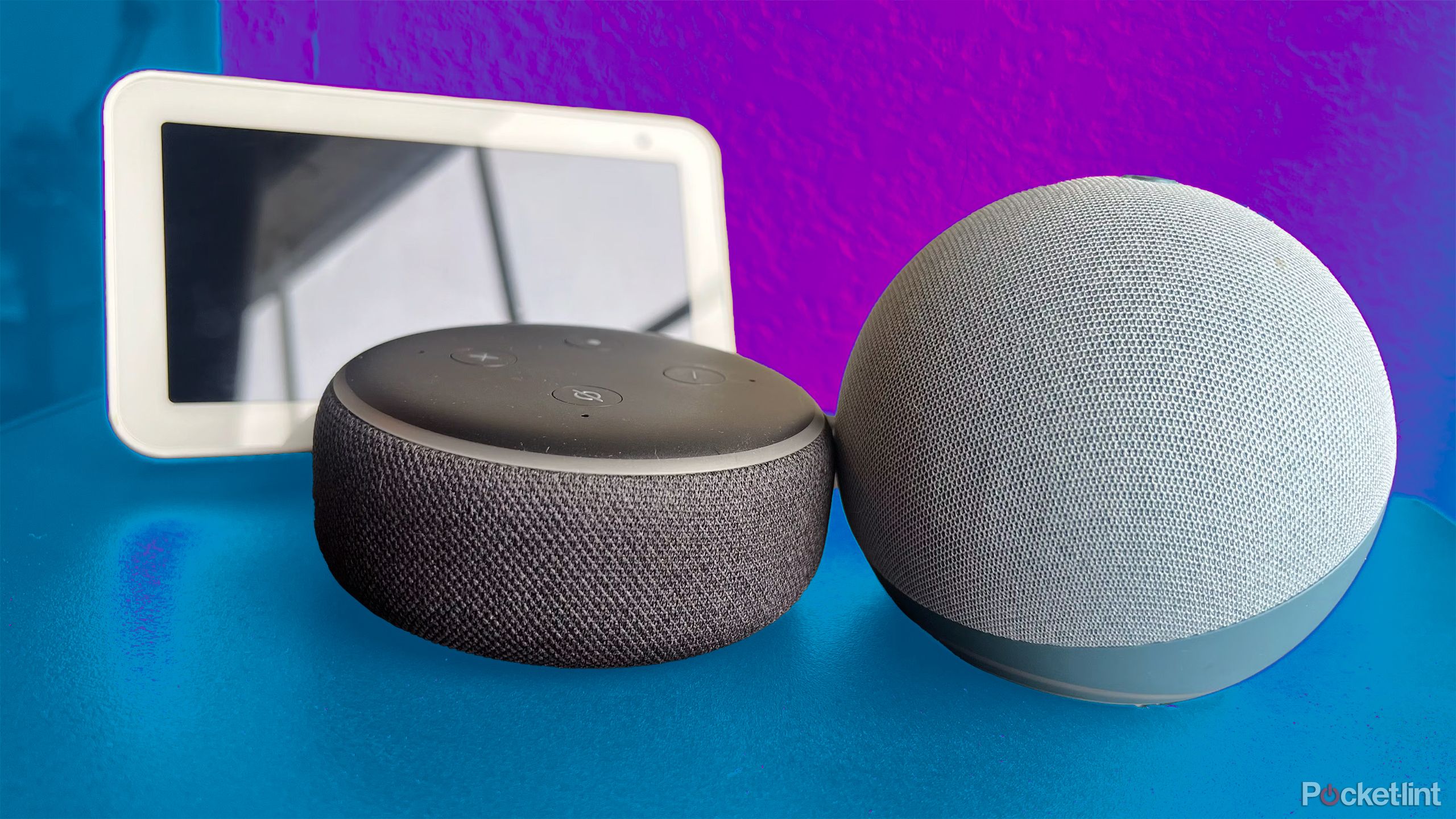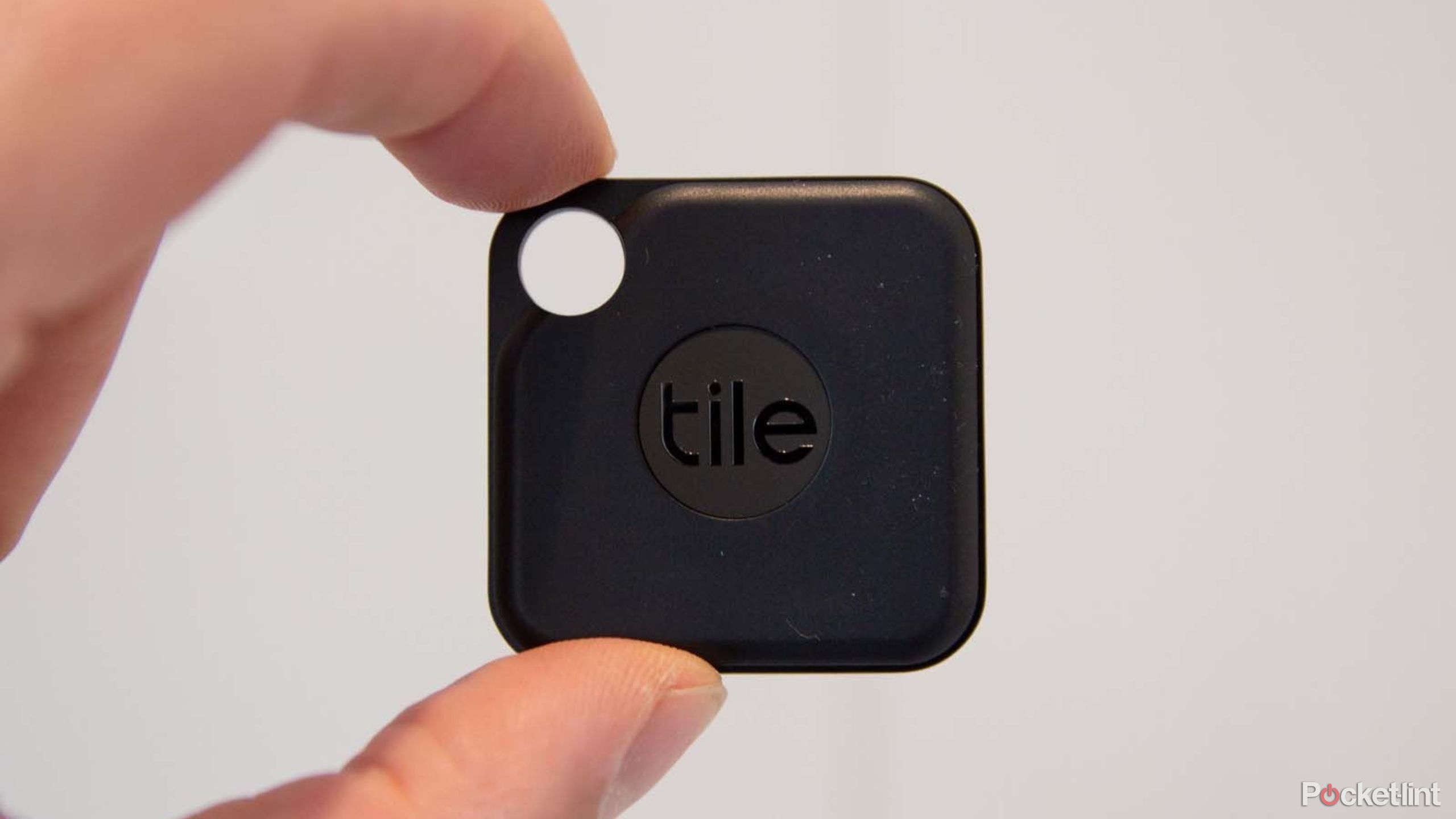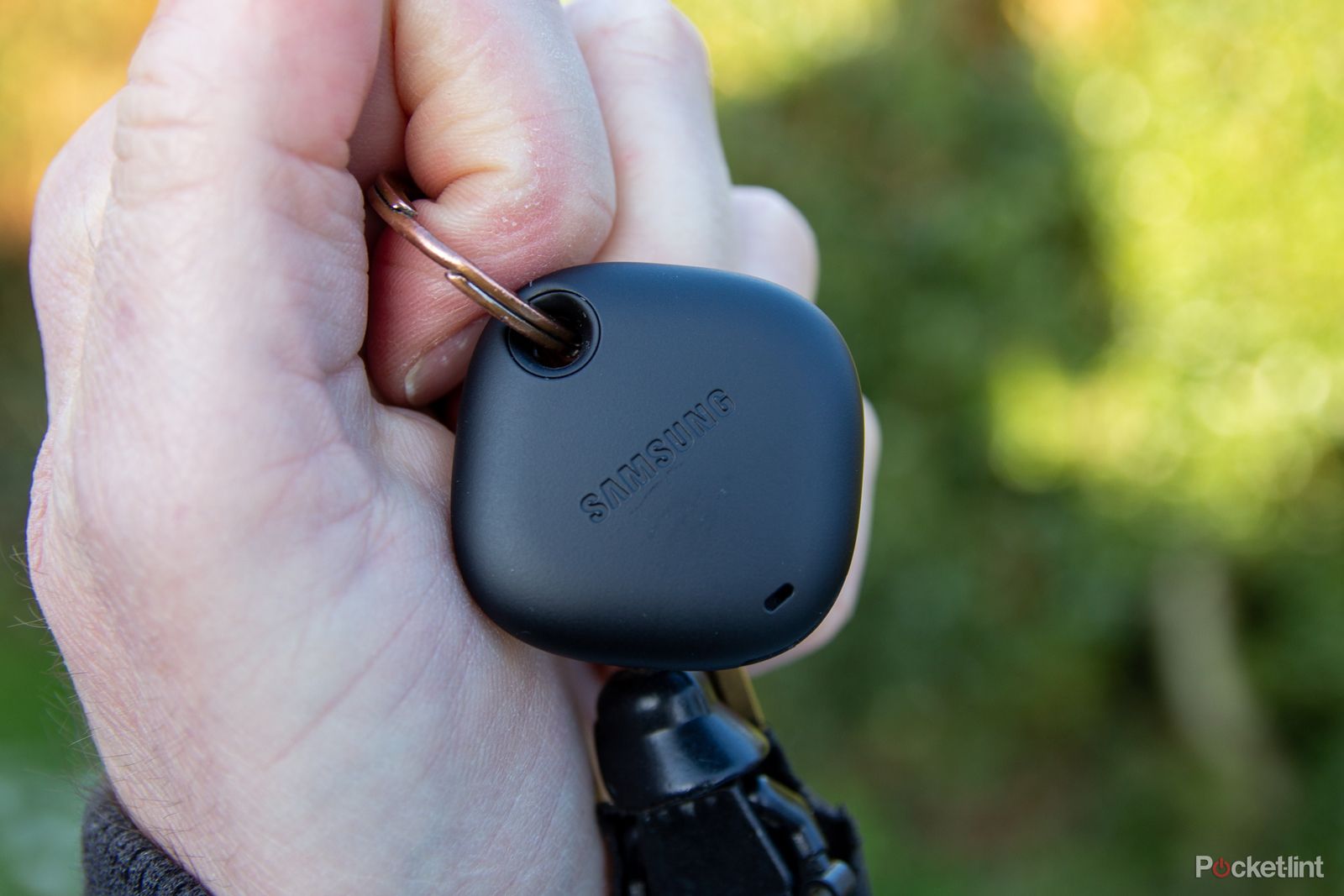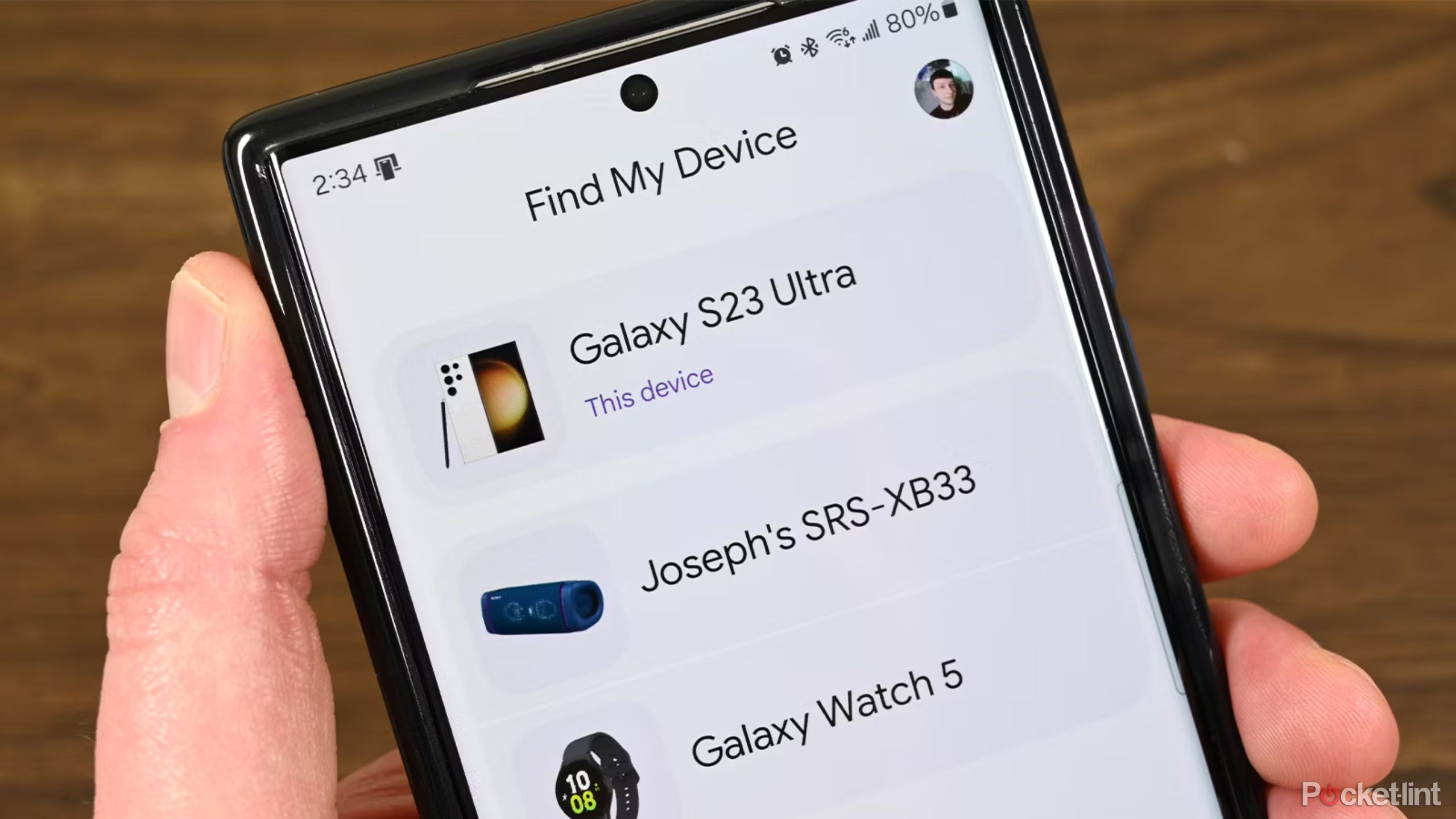Key Takeaways
- Tile offers a range of Bluetooth trackers, from the basic Tile Mate to high-end Tile Pro.
- Find with Tile extends tracking to other Bluetooth devices, offering more versatility in locating lost items.
- Tile’s future plans include UWB technology for more precise location tracking, competing with Apple and Samsung devices.
Tile is best known for its Bluetooth trackers. You can connect to Tile and use it to keep track of your possessions – the classic example being your keys, for example. But there’s a lot more going on with Tile as the company looks to expand its offering, making it easier to keep track of your possessions or find items you misplace.
These days, there are a ton of excellent options out there if you’re in the market for a Bluetooth tracker — competition is fierce from Apple, Samsung, Chipolo, Pebblebee, and others. Tile remains an industry pioneer, however, and its trackers are still some of the best. Here’s how Tile products function, how Find with Tile works, and everything else you need to know.
Related
How to use Google’s Find My Device to track your devices
Use Google’s location-tracking service to pinpoint your Android phone, tablet, smartwatch, or anything else with a compatible Bluetooth tracker.
What is Tile?
Tile builds tracker products that connect via your smartphone
Tile is a company offering trackers that connect via Bluetooth Low Energy (Bluetooth LE or BLE), allowing the owner to use a smartphone app to locate those trackers on demand. The company sells a range of different trackers themselves — Tile Pro, Tile Mate, Tile Slim and Tile Sticker — as well as working with other Bluetooth-enabled devices, for example headphones. In the case of headphones, you won’t need a separate Tile tracker for it, the system will run using the device’s native Bluetooth hardware — which is known as Find with Tile, as long as that technology is supported.
There are 40 million Tiles out there (based on 2021 figures) and these users make up the finding network for Tile.
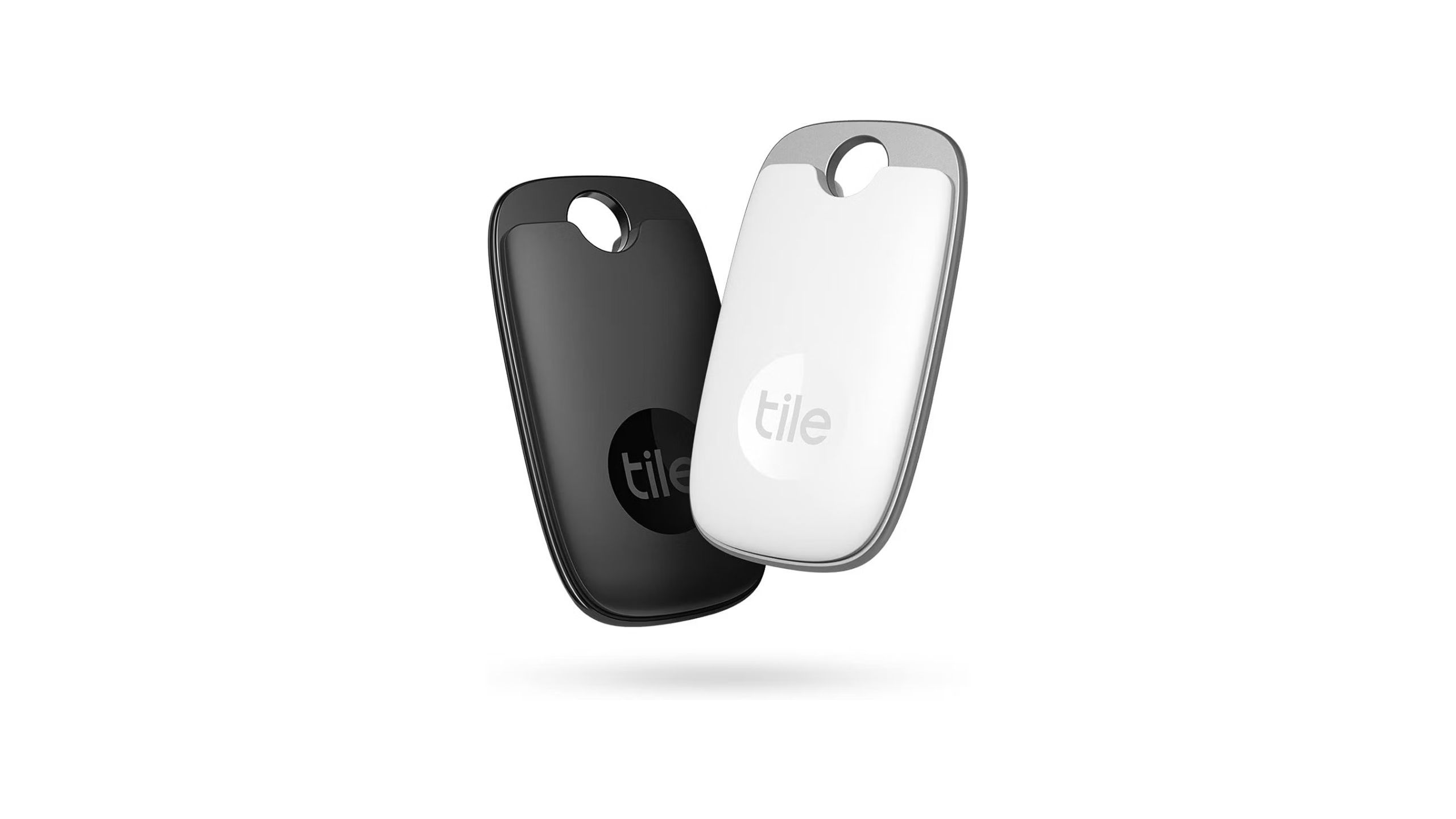
Tile Pro
Tile’s higher-end offering that includes water resistance and more.
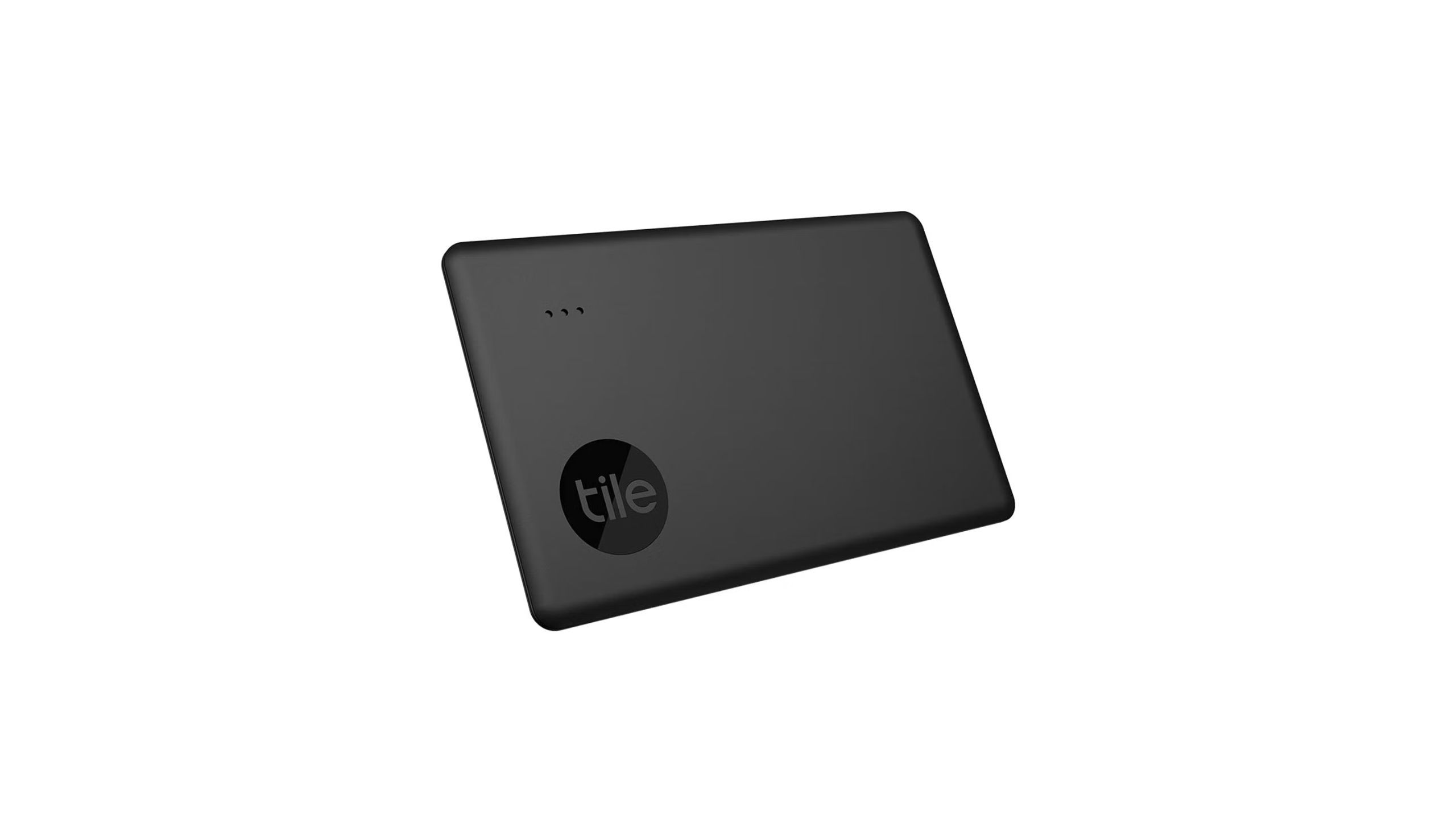
Tile Slim (2022)
Tile’s slim tracker that fits in places like wallets.
What is the Find with Tile network?
It’s a system that lets other Bluetooth devices get in on the tracking fun
Find with Tile expands the Tile system beyond just its own trackers. It enables other Bluetooth devices to be included in the Tile ecosystem, meaning you can find and locate those devices just as you would a Tile tracker. For example, there’s support from Bose, meaning you can register the SoundSport headphones in the Tile app, and you can use the app to find those headphones.
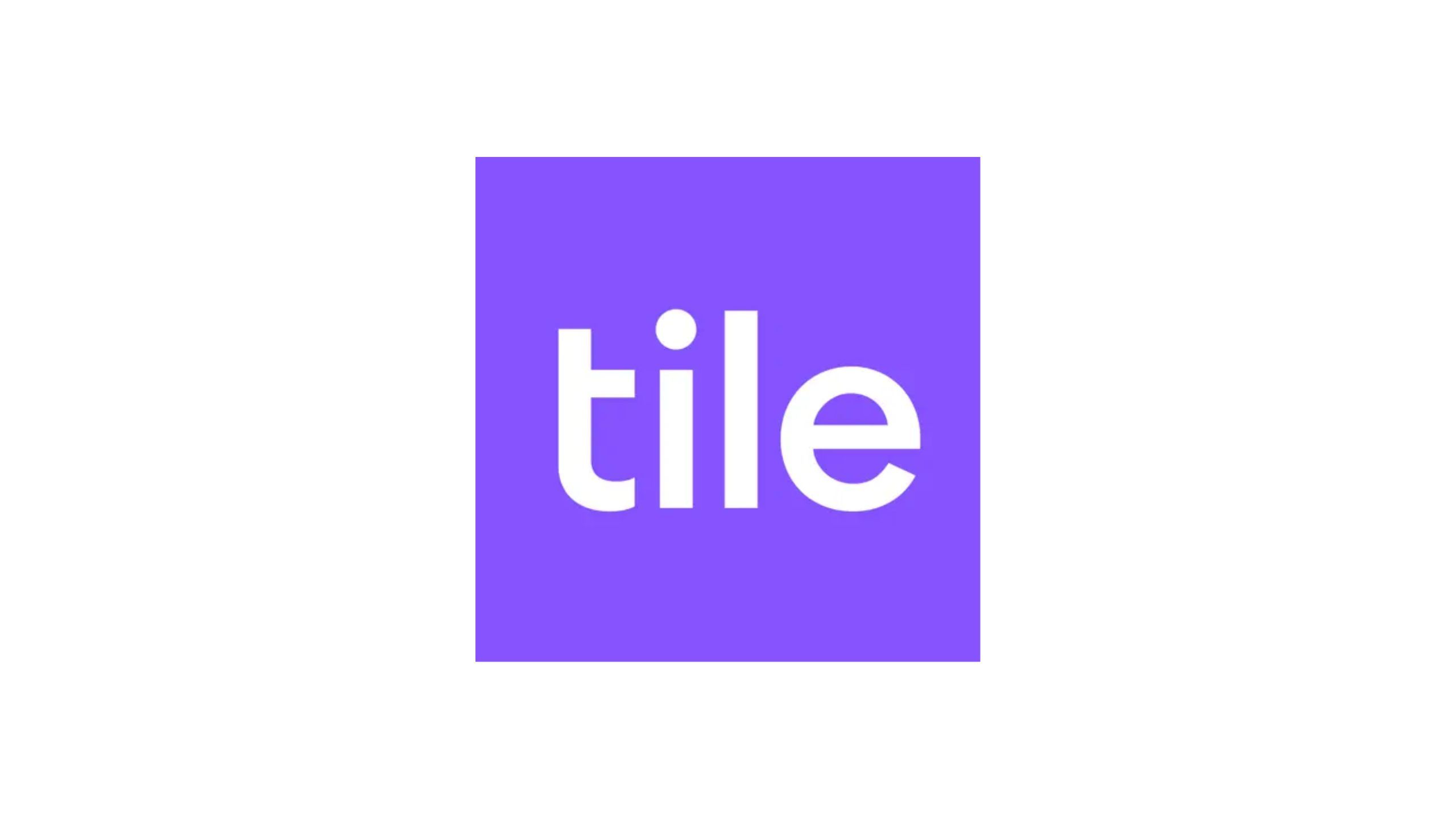
Tile
Tile’s mobile app for iOS and Android that provides access to the hardware’s functions.
The Sennheiser Momentum wireless also offer the tech. There’s nothing to add to the hardware, it’s all software-based and uses the headphones’ existing Bluetooth chip and battery. It’s also been adopted by companies like HP for some laptops and by Fitbit, for the Inspire 2.
The Find with Tile system is designed to link up a lot more stuff, meaning that you can keep track of a whole range of different items, with over 20 partnerships already announced. Tile’s aim is to link-up all your devices so that you can easily locate something you lose at home, leave at the gym, on a bus or anywhere else.
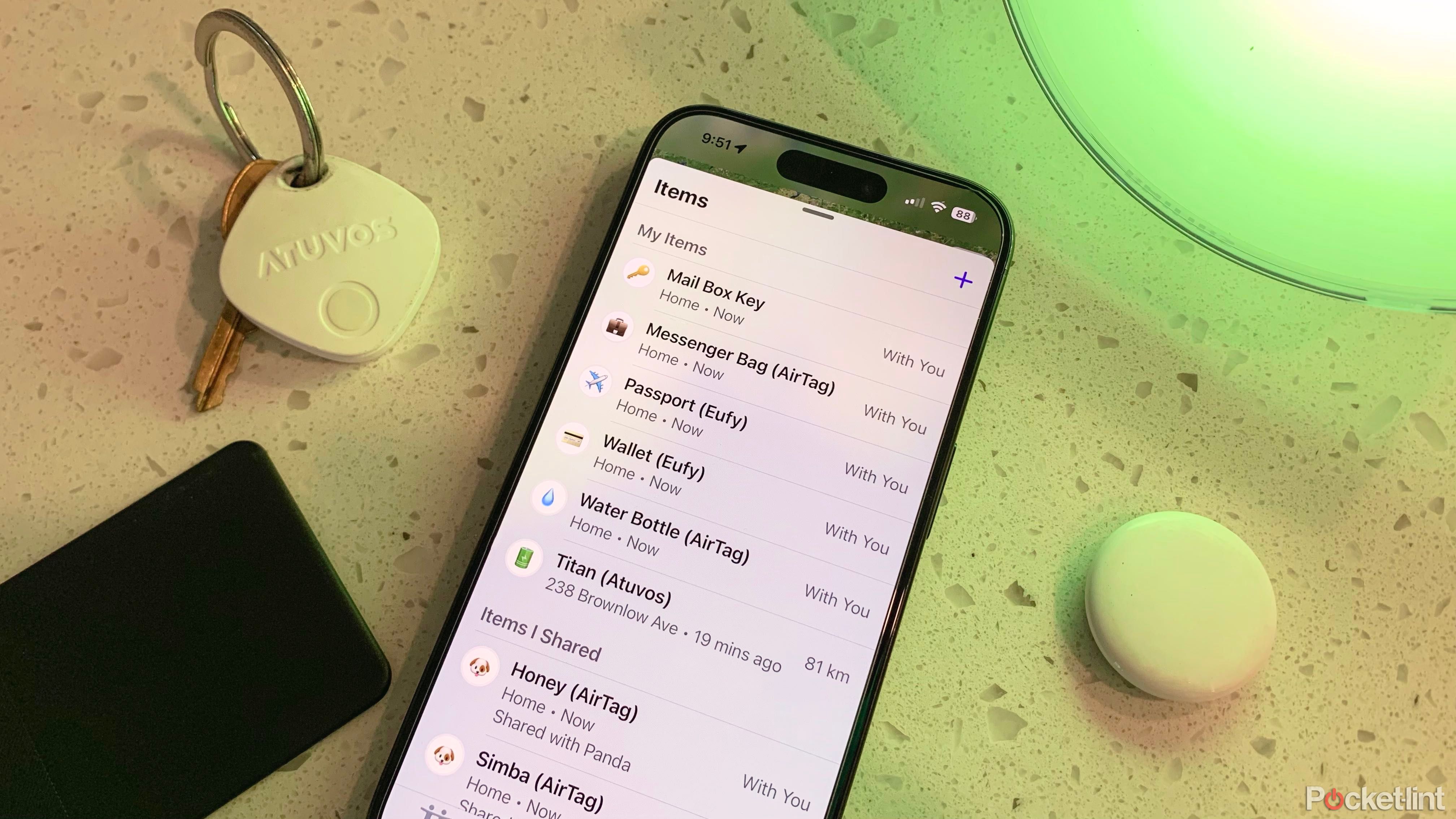
Related
My 5 favorite versatile trackers that work with Apple’s Find My Network
Here are 5 great trackers that integrate seamlessly with Find My network. Track your items effortlessly with AirTags, ATUVOS, and more.
How does Tile location work?
Tile location works much like AirTag tracking on an iPhone
Tile
The Tile location system uses BLE to connect to devices – all it needs is Bluetooth and some battery life. When a device is in range, you can simply open the app on your phone, tap the Tile and find it – the Tile then plays a tune so you can locate it. If you’re out of range you can see the last location that was registered (which is taken from your phone’s location at that time), so you can retrace your steps to find that lost item.
But there’s also a much bigger community play here. If you’re no longer in that area, you can tap the button in the app to notify you when your device is found, and the rest of the Tile community comes into play. When your lost item is detected by another Tile user, the location is passed back to you. It’s all anonymous, so you don’t know who detects your item and they don’t know they’ve detected your item, you will just have the location passed back to your app so you can go and find your missing possessions.
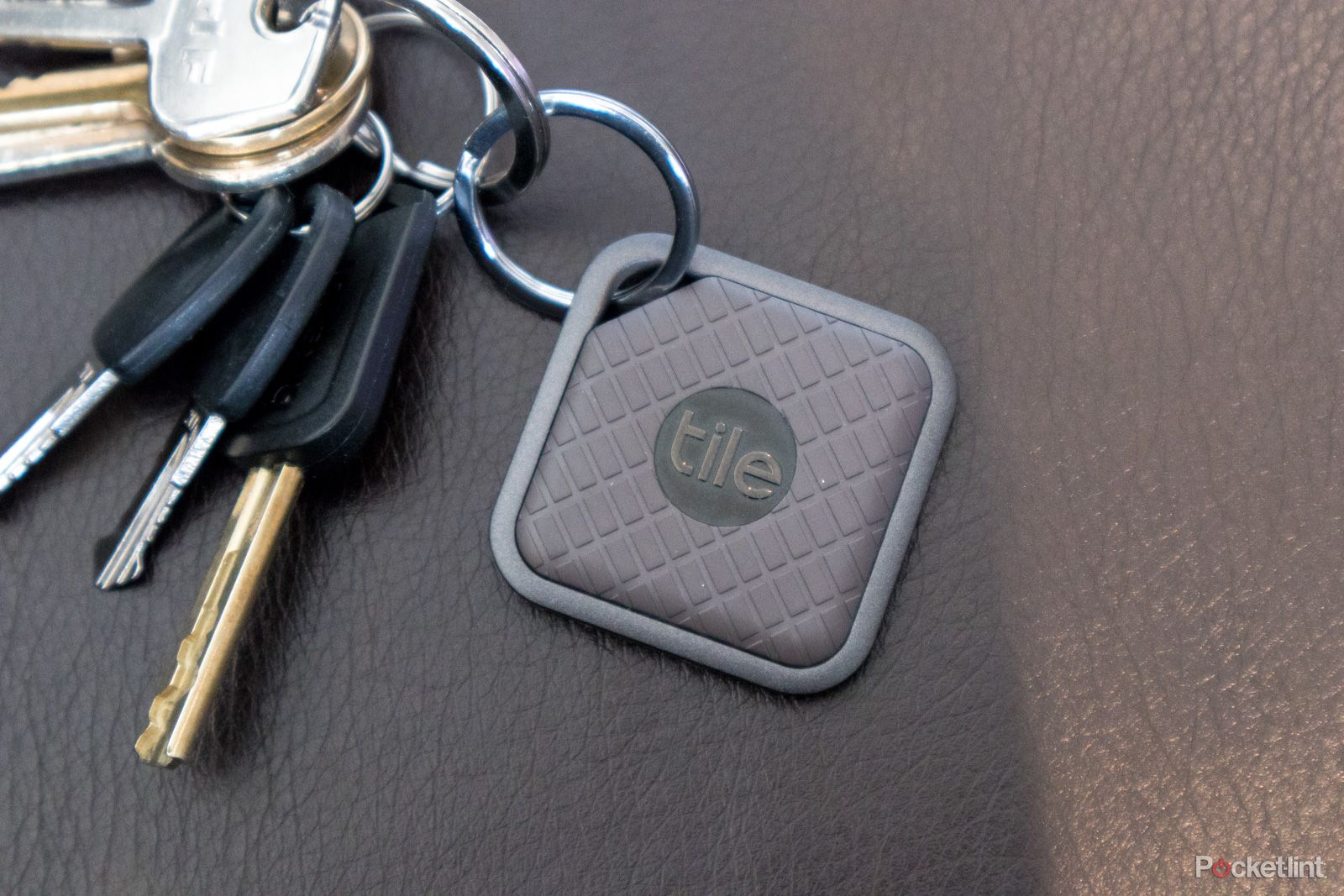
Related
Best Bluetooth trackers: Expert tested and reviewed
Portable, subtle, and easy to use, these trackers keep tabs on your items so you don’t have to.
It’s using this wider community that Tile has a big advantage — if you live in any sort of urban or suburban area, there’s likely to be thousands of Tile users around you — so locating things you might lose becomes easier. As the community grows through more partnerships, the density of the Tile community will increase, again boosting the likelihood of your missing item being found.
The system also works in reverse — you can use any Tile to find your phone with a double press of the button.
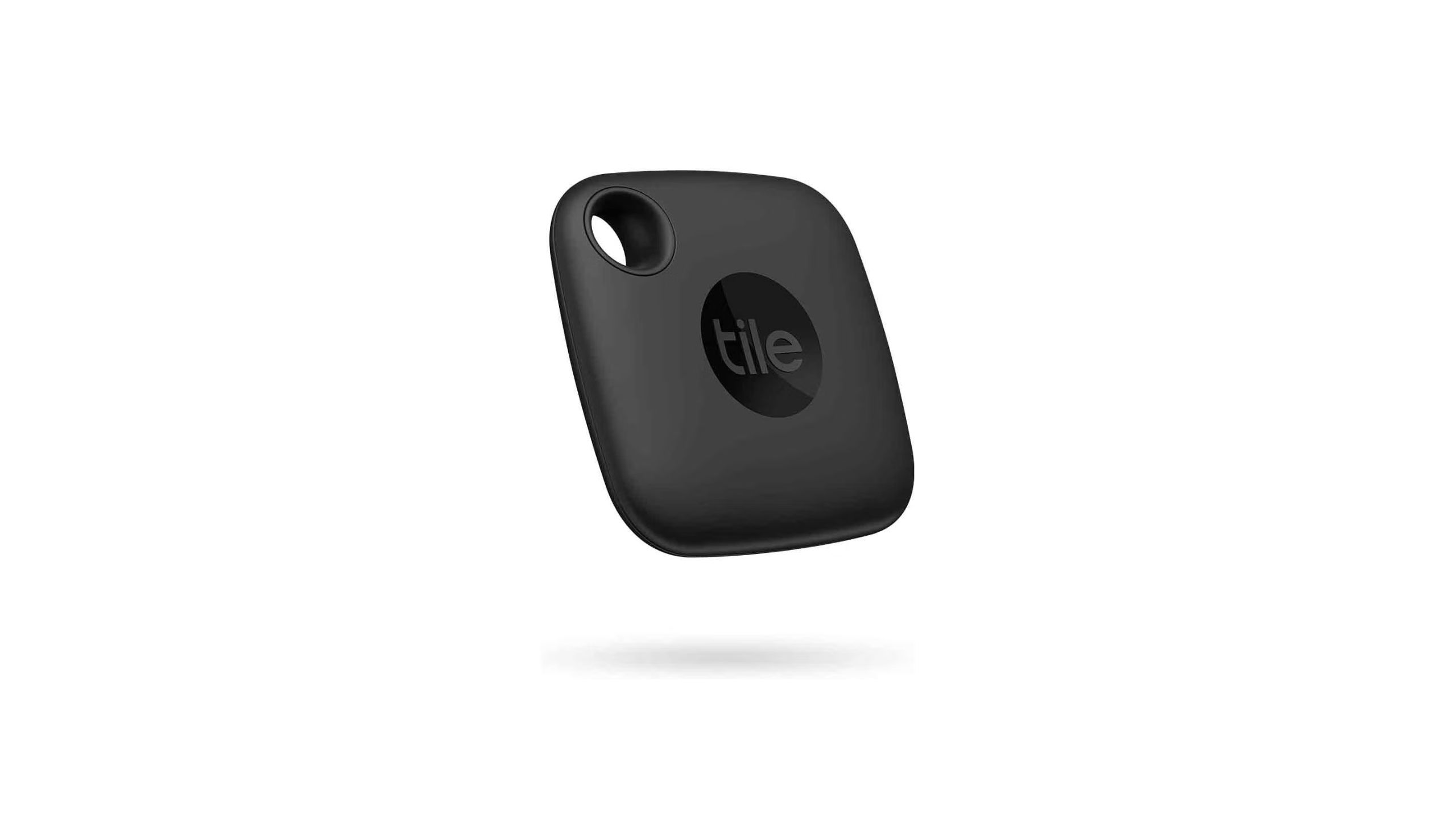
Tile Mate
Tile’s original tracker that started it all.
Which devices and companies work with Tile?
A number of big-name brands work with Tile
Tile
There are two sides to this question. Firstly, Tile can run in software form when it knows what Bluetooth hardware is in a device. Going back to those Bose SoundSport headphones, for example, it was a software solution added when the headphones were already on sale. But Tile has also worked on building partnerships to integrate Tile functionality with Bluetooth hardware providers. Those companies include:
- Qualcomm
- Dialog Semiconductor
- Silicon Labs
- Cypress
- Toshiba
- Nordic Semiconductor
These companies are among the biggest Bluetooth providers in the market and this means that if a company is manufacturing a new device — a fitness tracker for example — they can opt to have Tile location as a feature of their headphones as it’s natively supported by the Bluetooth hardware. For example, Garmin and Polar uses Nordic, and so it could feasibly offer Find with Tile features in future devices.
There are some big brands already working with Tile, including:
- Bose
- Fitbit
- Skullcandy
- Samsonite
- Herschel
- HP
- Away
- KeySmart
- Xfinity
- Monster
- Nomad
- Boosted
Some products from those brands will include Find with Tile functionality making it easy to locate those items in the home or when out and about.
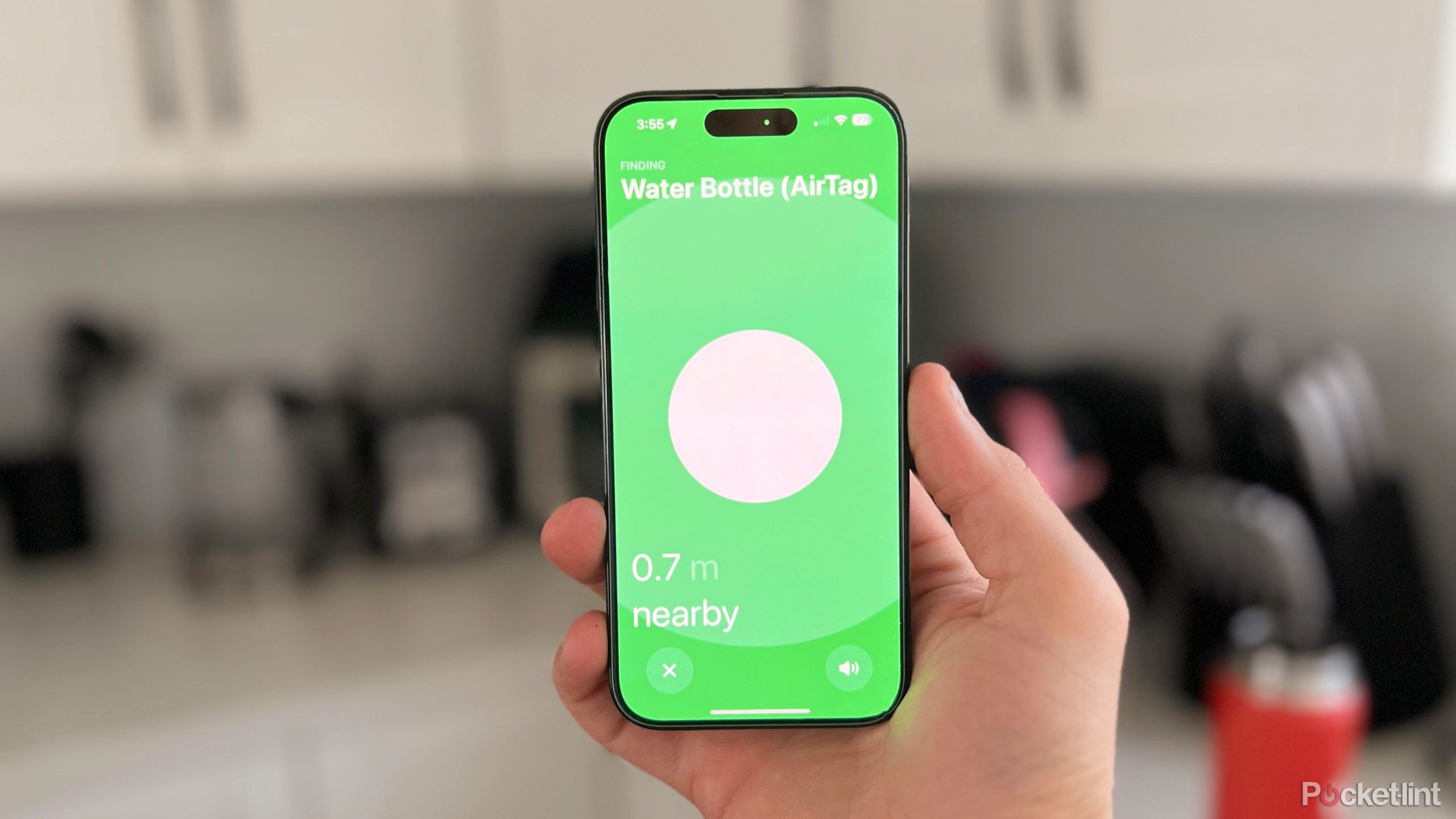
Related
The iPhone’s Ultra Wideband chip does more than you might think
Every iPhone since 2019 features a U1 or U2 chip, but have you ever wondered what it does?
Does Tile work with voice assistants?
You can use your favorite voice assistant to locate your Tile
Locating your devices doesn’t stop with your phone. Tile also has partnerships with Google and Amazon, meaning you can use Google Assistant or Alexa to find devices too, meaning you can use your voice. You can also use Siri Shortcuts. Tile also supports Assistant Connect, which is Google’s feature that allows interaction without using Google Cloud. In this instance, you’ll be able to locate a Tile using your Google Home or Nest Hub and no information needs to go via the cloud — it can be point to point within your home.
Using Amazon Alexa , you have to enable the Tile Skill, sign-in to your account to link them up — then you can simply say “Alexa, ask Tile to find my keys” it will find and ring the device on your keys.
Is there a Tile subscription?
The company offers a subscription service for additional tracking perks
Most of the Tile functions are available to you without paying anything extra — it’s covered in the cost of buying the device in the first place. But there is a subscription offering with a Premium tier, which unlocks some additional features. For a yearly cost of $29.99 (or $2.99 a month) you can access a range of other features:
- Unlimited sharing of Tile devices with friends of family
- Smart Alert to inform you if you’re leaving home without something you normally take
- 30-day location history so you can see where your Tile has been
- Free battery replacement for the Tile Pro or Mate
- Three-year warranty on your Tiles
- Premium customer care
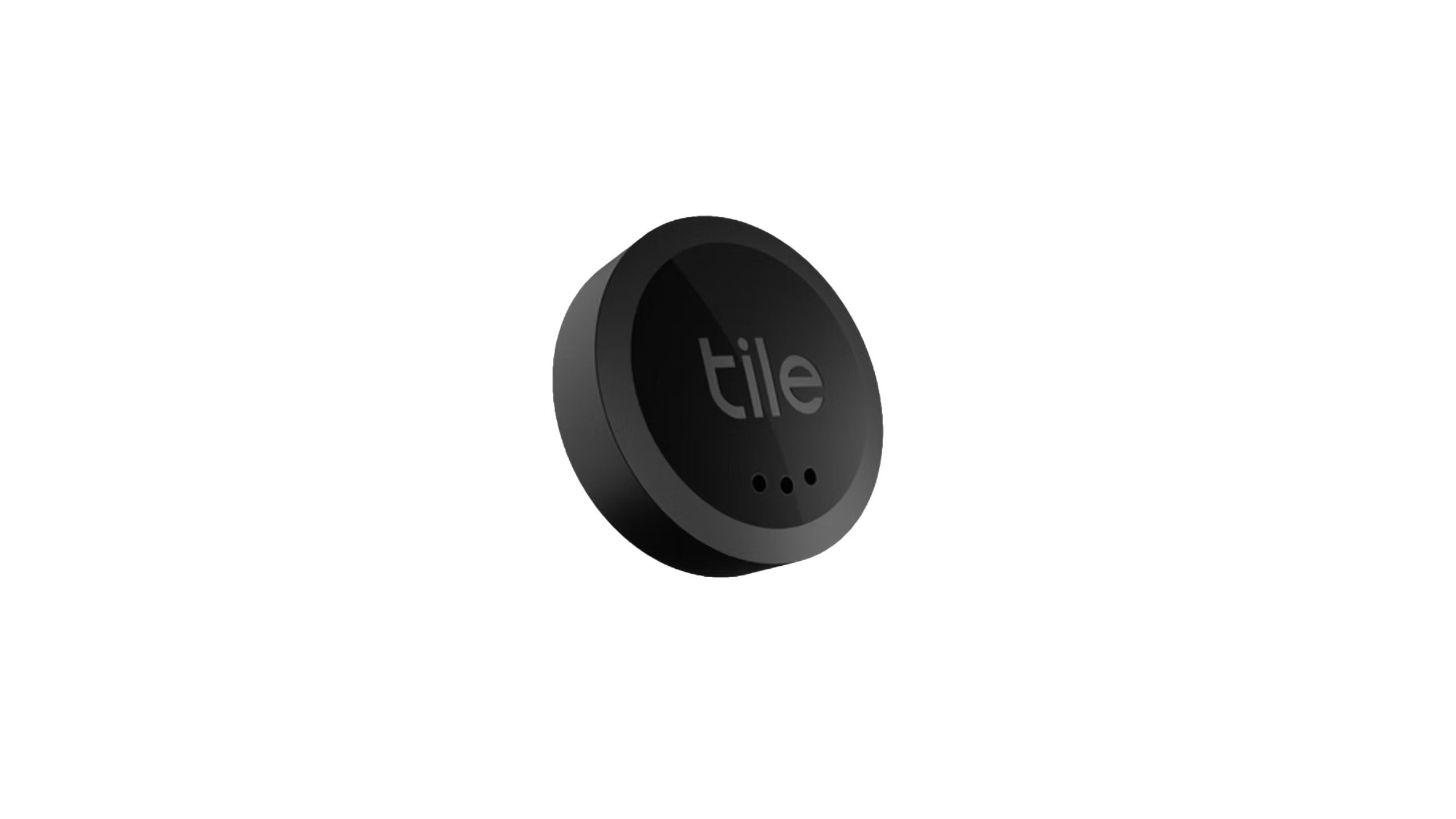
Tile Sticker
Tile’s sticky tracker option, which is the smallest model the company offers.
What’s happening with Google and Tile?
Google recently launched its own Find My Device network
At Google I/O 2023, Google announced that it was going to be opening up the Find My Device platform to accept third-party devices (rather than just Google devices). Tile was mentioned, suggesting that you’ll be able to locate Tile trackers natively using Android devices. That should mean that detection of those devices gets a huge boost, if all Android devices can detect those trackers, bringing parity with Apple’s AirTag system.
Unfortunately, we’re still waiting to hear whether Tile will update its devices (or release new hardware) with Find My Device support baked in. For the time being, there are a number of competing trackers on the market that tap into Google’s network.
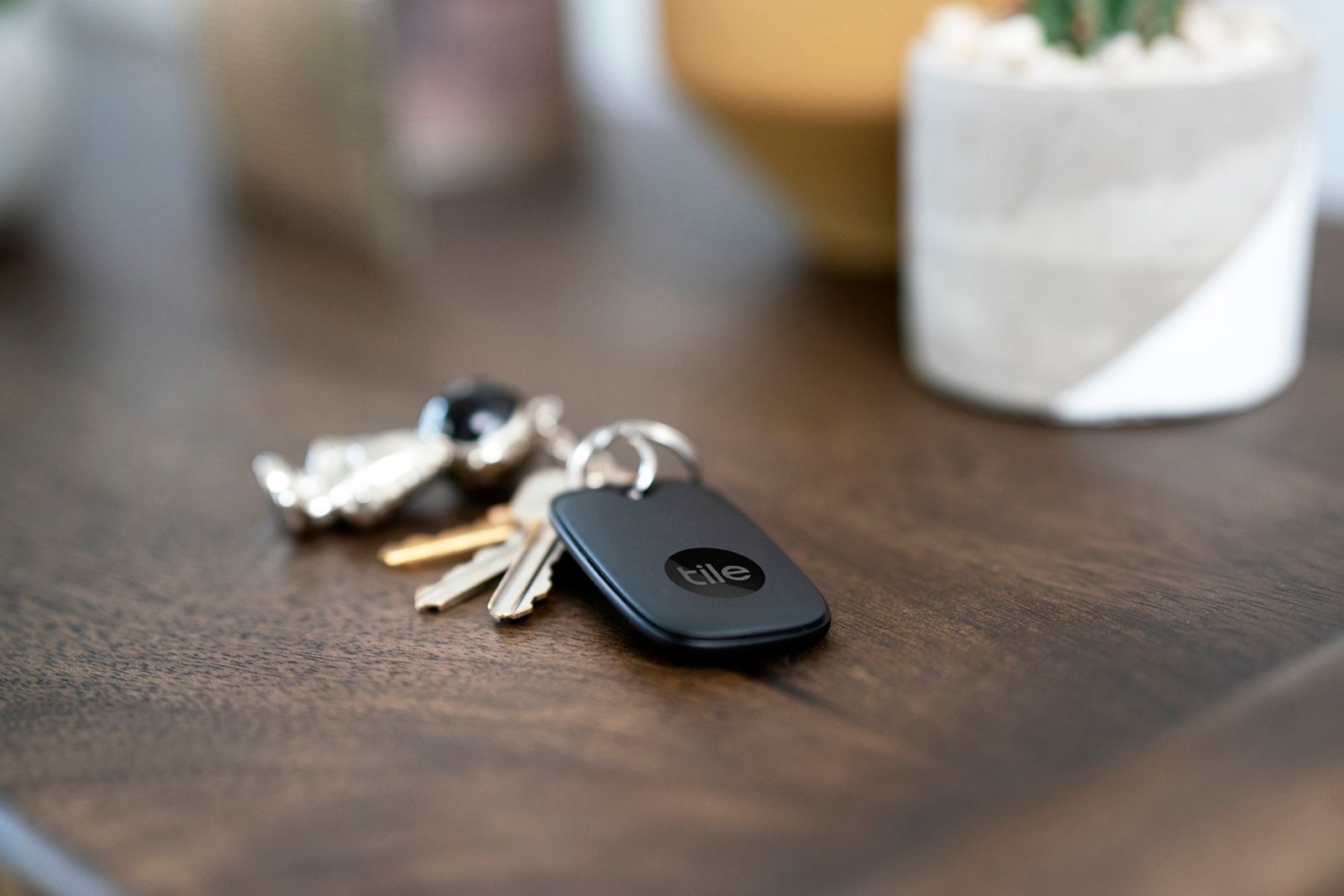
Related
Tile introduces Anti-Theft Mode to prevent thieves from knowing they are being tracked
The new feature is rolling out now and will be available to all Tile users in the coming weeks.
What can you expect from Tile in the future?
Tile is no longer the only major player in the tracking device market
Tile will be launching a device in the future that will use UWB technology, which is a short-range wireless protocol that’s great for precise directional location. UWB is supported from Apple iPhone 11 as well as Samsung Galaxy S from the S21+ onward.
The technology will allow you to locate an item more precisely than the current Bluetooth approach and use augmented reality — AR — to find that device via the screen on your phone. That means you don’t have to depend on sound alone – and this will help Tile compete better with the functionality of Apple’s AirTag and Samsung’s Galaxy SmartTag+. The new model will be called the Tile Ultra. However, this was announced all the way back in 2021 and has yet to have launched.
Then we have the possibility that Tile will be supported with Find My Device from Google — which could bring a huge boost to the detection of lost devices. We’re still waiting to hear more details about this collaboration.
Are there other trackers you can buy now?
Tons of new trackers continue to hit the market
Apple AirTag uses the same system of Bluetooth Low Energy and works similarly to Tile. The advantage that Apple offers is that all iPhones can detect AirTags, so if you lose it, there’s a massive Find My network already in place. However, the range of the Tile is much better than Apple’s device. Apple offers ultra-wideband (UWB) for more precise finding however, which is an advantage.
Samsung also has the Galaxy SmartTag, which only works with Galaxy devices, via SmartThings Find, but essentially offers similar functionality to Tile. Again, the downside is that it’s limited to Samsung devices only, with no plans to support other phones. The SmartTag+ offers UWB however.
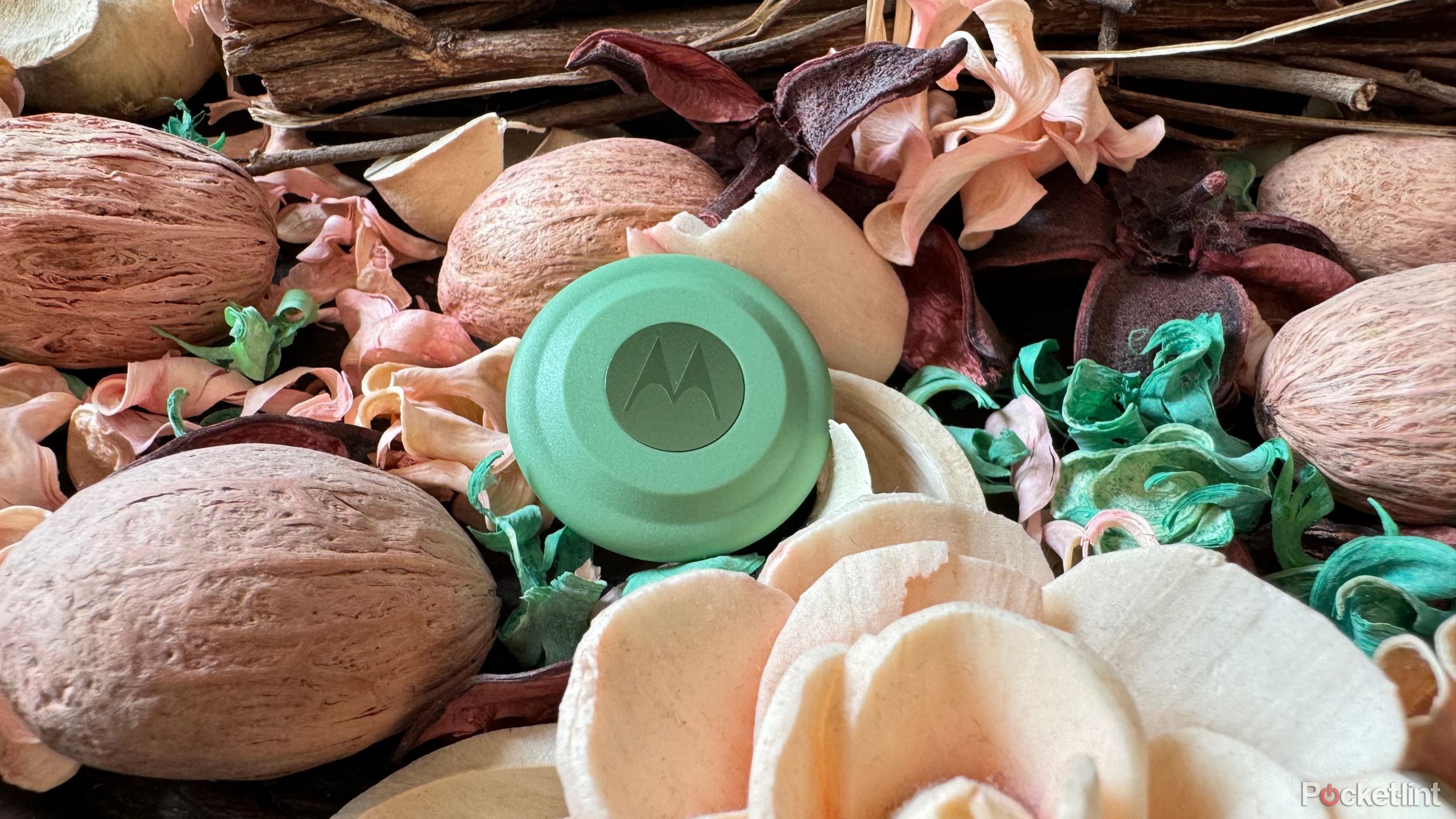
Related
Motorola’s Moto Tag is exactly what I’ve been looking for in a tracker
Motorola’s Moto Tag brings AirTag simplicity to Android with a sleek design, UWB tech, and an affordable price — it’s a must-have tracker.
Trending Products

Samsung 24” FT45 Series FHD 1080p Computer Monit...

ASUS RT-AX88U PRO AX6000 Dual Band WiFi 6 Router, ...

Wireless Keyboard and Mouse Combo, MARVO 2.4G Ergo...

Acer KB272 EBI 27″ IPS Full HD (1920 x 1080)...
